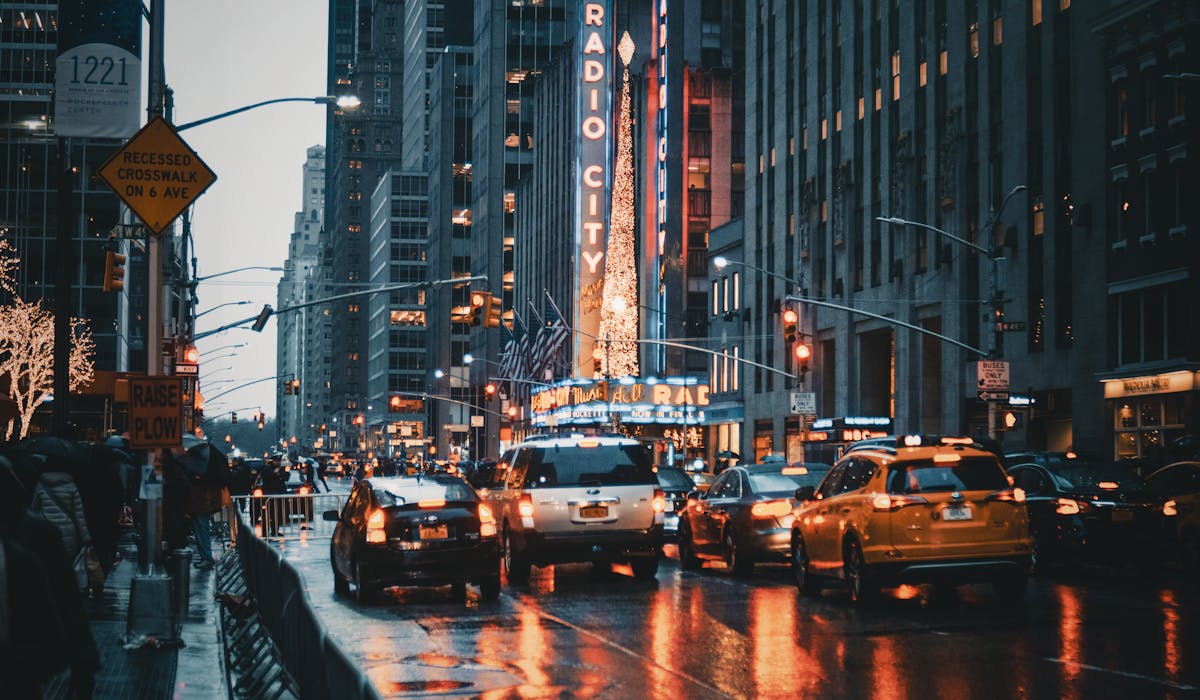The Only Guide for Framing Streets
What Does Framing Streets Do?
Table of ContentsAn Unbiased View of Framing StreetsHow Framing Streets can Save You Time, Stress, and Money.The Framing Streets DiariesExcitement About Framing StreetsFraming Streets Fundamentals ExplainedAll About Framing Streets
, normally with the objective of capturing images at a crucial or touching moment by mindful framework and timing. https://penzu.com/p/454a0d4b3b5b7826.
, who was influenced to embark on a comparable paperwork of New York City. As the city established, Atget assisted to advertise Parisian streets as a worthy topic for photography.

Some Known Details About Framing Streets
Martin is the very first taped professional photographer to do so in London with a masked cam. Mass-Observation was a social study organisation established in 1937 which intended to tape day-to-day life in Britain and to tape-record the responses of the 'man-in-the-street' to King Edward VIII's abdication in 1936 to wed divorce Wallis Simpson, and the succession of George VI. The principal Mass-Observationists were anthropologist Tom Harrisson in Bolton and poet Charles Madge in London, and their first report was generated as guide "May the Twelfth: Mass-Observation Day-Surveys 1937 by over two hundred observers" [] Home window cleaner at Kottbusser Tor, Berlin, by Elsa Thiemann c. 1946 The post-war French Humanist School photographers found their subjects on the street or in the diner. In between 1946 and 1957 Le Groupe des XV annually displayed job of this kind. Andre Kertesz. Circus, Budapest, 19 May 1920 Road photography developed the major material of 2 exhibitions at the Gallery of Modern Art (Mo, MA) in New York curated by Edward Steichen, Five French Professional Photographers: Brassai; Cartier-Bresson, Doisneau, Ronis, Izis in 1951 to 1952, and Post-war European Digital Photography in 1953, which exported the principle of street digital photography internationally.

Some Known Questions About Framing Streets.
The recording machine was 'a surprise video camera', a 35 mm Contax concealed beneath his coat, that was 'strapped to the upper body and attached to a long cord strung down the ideal sleeve'. Nevertheless, his job had little modern impact as as a result of Evans' level of sensitivities about the creativity of his project and the personal privacy of his subjects, it was not released till 1966, in the publication Numerous Are Called, with an introduction written by use this link James Agee in 1940.
Helen Levitt, then an educator of children, related to Evans in 193839. She documented the temporal chalk drawings - Street photography hashtags that belonged to children's road culture in New York at the time, in addition to the children that made them. In July 1939, Mo, MA's new photography section included Levitt's operate in its inaugural eventRobert Frank's 1958 book,, was considerable; raw and typically out of emphasis, Frank's photos examined mainstream photography of the moment, "tested all the formal regulations laid down by Henri Cartier-Bresson and Walker Evans" and "flew in the face of the wholesome pictorialism and wholehearted photojournalism of American magazines like LIFE and Time".